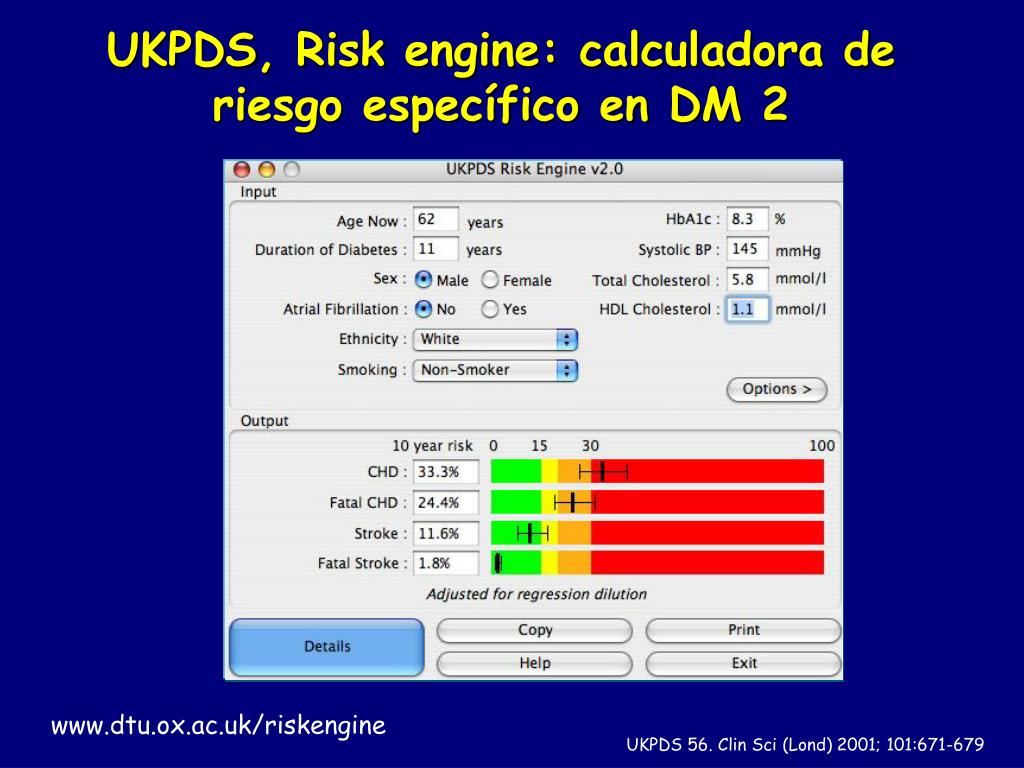
Smoking cessation, weight change, type 2 diabetes, and mortality. Smoking cessation increases short-term risk of type 2 diabetes irrespective of weight gain: the Japan Public Health Center-based Prospective Study. Japan Public Health Center-based Prospective Study Group. Smoking, smoking cessation,and risk for type 2 diabetes mellitus: a cohort study. Yeh HC, Duncan BB, Schmidt MI, Wang NY, Brancati FL. Prevention or Delay of Type 2 Diabetes: Standards of Medical Care in Diabetes-2020 American Diabetes Association Diabetes Care 2020 Jan 43(Supplement 1): S32-S36. Endocrinologia Clínica - 6ª edição, 2016. Diabetes Care 2020 Jan 43(Supplement 1): S1-S2. Introduction: Standards of Medical Care in Diabetes-2020. Insulina Technosfere: Inhaled insulin for post prandial glucose control | Freddy Eliaschvitz. Standards of medical care in diabetes: 2012. Disponível em: Acesso em Julho de 2019.Īmerican Diabetes Association. Even more mechanisms are being developed to help the patient in the control of blood glucose, avoiding risks of acute and chronic complications, which can be severe and limiting.Ĭlinical Targets for Continuous Glucose Monitoring Data Interpretation: Recommendations from the International Consensus on Time in Range. Its control and monitoring should be based on glycemic stability. It is diagnosed by alterations in fasting or random glucose measurement, oral glucose tolerance test and glycated hemoglobin. It should be investigated early in patients who have risk factors such as obesity and physical inactivity.

Currently, its classification is based on its etiology, with the most common diagnoses being pre-diabetes, type 1, type 2 and gestational diabetes. It has high morbidity and mortality and high prevalence and may affect several age groups. Therefore, the application of the Time in Range concept could generate a better diabetes control.ĭiabetes Mellitus is a chronic metabolic disease caused by hyperglycemia due to changes related to insulin production and action.

It may also ease the control and adjustments in the treatment of diabetes. Electronic devices, from which the concept of Time in Range derived, help promote a better comprehension of these procedures, and may lead to a decrease in glycemic variability and to a lower risk of complications. Time in Range is a new concept in Diabetology, defining the percentage of the length of time in which the patient stays within a predetermined range of blood glucose.


 0 kommentar(er)
0 kommentar(er)
